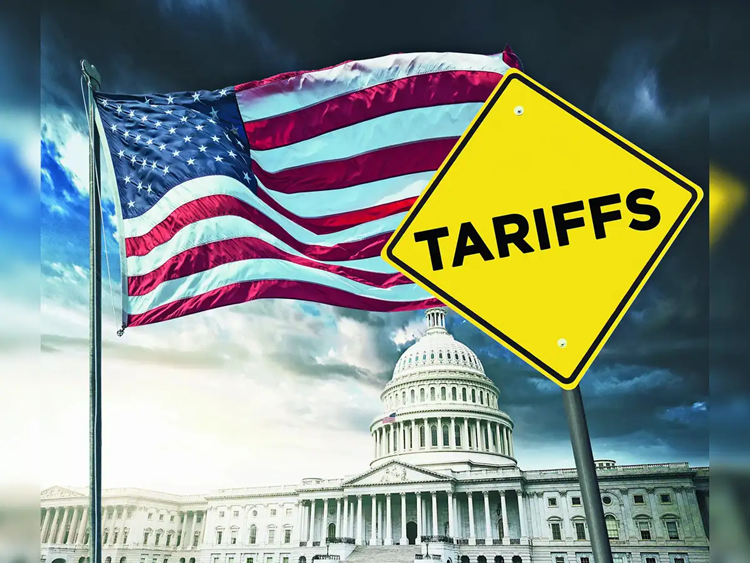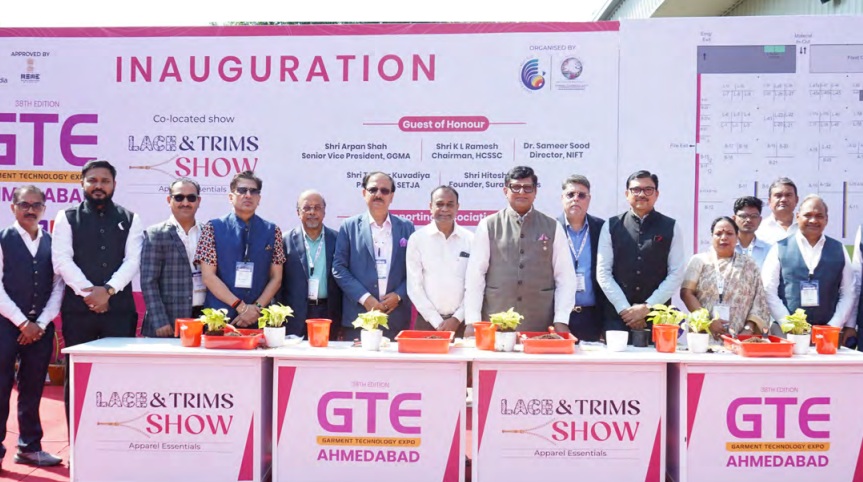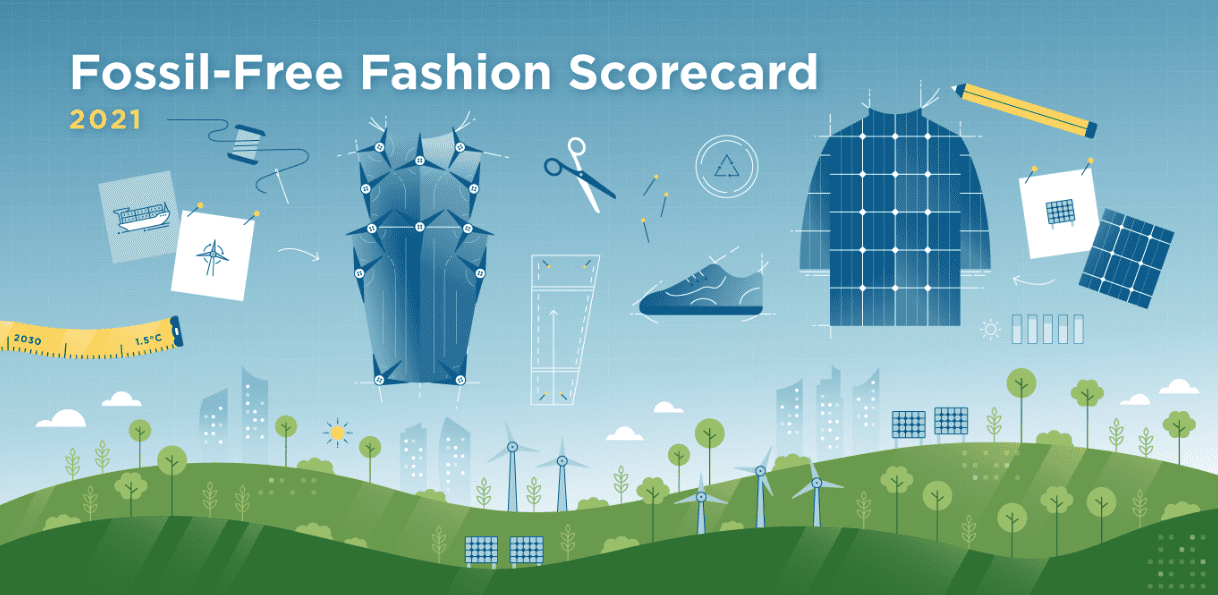Synthetic fabrics and performance garments are going to be the two most promising segments in the Indian textile industry. The industry accounts for five per cent of India’s GDP and 13 per cent of the country’s export earnings and employs about 50 million people. It proved to be highly productive and globally competitive across the value chain – from farm to fiber. Its future however depends on sustainable manufacturing practices, transparency, and its readiness to transform itself into a circular economy.
The Indian textile industry is highly fragmented and facing unprecedented challenges. One is the global recession. Another threat is the import of yarns, fabrics, and garments from Bangladesh. The industry needs help in the areas of export promotion, access to working capital, and loan restructuring. Indian textile units have asked for liquidity support and a one or two year moratorium. Other issues are pending claims under the various rebate schemes; release of TUFS subsidy; reducing the margin money for working capital from 25 per cent to ten per cent and the debt-equity ratio norm from 1:1.33 for the entire textile and clothing industry; extending the five per cent interest subvention for all textile and clothing export products; slotting recycled PSF under the five per cent GST rate; and enhanced EPF benefits.
Synthetics hold promise for India
- 1
- 2
- 3
- 4
- 5
- 6
- 7
- 8
- 9
- 10
The Great Sourcing Shuffle: Why tariffs failed to bring manufacturing back to th…
When Washington set out to ‘reclaim manufacturing’ through punitive tariffs, it was envisioned as a patriotic reset one that would... Read more
Beyond Search and Scroll: Why AI-powered shopping is becoming retail’s new opera…
When ChatGPT unveiled its Instant Checkout capability allowing users to discover, evaluate, and purchase products within a single conversational interface... Read more
How global acrylic fiber leaders engineered price stability amid historic ACN cr…
The global Acrylic Staple Fibre (ASF) market, long known for its sensitivity to violent swings in petrochemical feedstocks is facing... Read more
GTE 2025: An impactful event driving industry excellence
Jointly organized by Garment Technology Expo and India Exposition Mart(IEML), the 38th edition of the Garment Technology Expo (GTE) proved... Read more
Threads of Labor and Steel: The human-machine ecosystem powering India’s textile…
India generates nearly eight million tonnes of textile waste every year, placing the country at the center of the global... Read more
Hanging by a Thread: US Tariffs cripple Indian textile exports, orders drop 70%
India’s textile and apparel industry is facing an unexpected mid-cycle rupture that is reshaping the sector’s economics far faster than... Read more
Sourcing's new compass, navigating apparel's great migration beyond Asia
The global apparel sourcing business is redefining the metrics of success beyond traditional labor costs. Led by geopolitical risks, consumer... Read more
No A-Grades for Climate: What the fossil-free fashion scorecard reveals about in…
For years, the global fashion industry has promised a cleaner, greener future but 2025’s Fossil-Free Fashion Scorecard by STAND.earth offers... Read more
Wired Threads: How India’s textile backbone is powering the smart apparel future
India’s huge textile industry, long celebrated for its command over cotton and competitive manufacturing scale, is going through a foundational... Read more
The New Core Competency: How sustainability and advanced fabrics are driving Ind…
The SportTech Pavilion at Techtextil India, hosted by Concepts N Strategies, concluded with a unanimous declaration: for India to successfully... Read more












